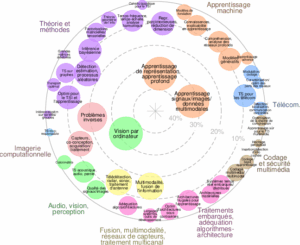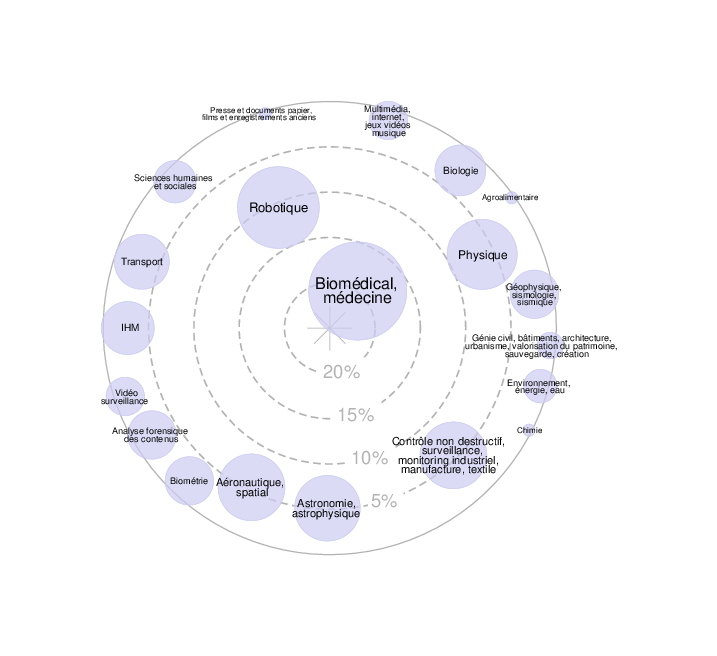Mission
Geodesy, a branch of Earth sciences focused on the Earth’s shape, orientation, and gravity field, has been monitoring the Earth system on a global scale since the advent of satellite-based Earth observations. This ongoing monitoring has enabled the detection and tracking of global change indicators over several decades, such as sea level rise, shifts in surface water mass distribution, and ice melt.
The Earth is a complex system where its components—atmosphere, ocean, land hydrology, and solid Earth—continuously exchange mass, momentum, and energy over different time scales. The natural variability of the climate system is driven by complex dynamics, which are reflected in major climate patterns, including the El Niño-Southern Oscillation and the North Atlantic Oscillation. These patterns exert significant and well-documented influences on geodetic observations.
In response to global changes and other phenomena, the dynamics of the Earth’s system have evolved and will continue to change, setting new trajectories for its behavior. Detecting, characterizing, and understanding these dynamic shifts are essential for mitigating the impacts of global change on societies.
A key focus of this research will be coastal regions, as they are particularly vulnerable to the societal impacts of these changes. Rising sea levels threaten coastal populations, while shifts in land hydrology exacerbate risks such as flooding. Moreover, coastal areas benefit from an abundance of geodetic data, making them ideal for detailed monitoring and analysis. This combination of high societal risk and data availability makes coastal zones a crucial focus for studying the effects of global change.
Specifically, changes in water distribution significantly affect population vulnerability, both through rising sea levels that threaten coastal communities and through shifts in land hydrology, which contribute to droughts and floods and increase in salinity of coastal aquifers. From a geodetic perspective, changes in water mass distribution manifest as fluctuations in the Earth’s gravity field, deformations of the Earth’s surface, variations in sea level, and alterations in Earth’s rotation. These quantities are tracked with high precision, and global-scale, decades-long time series are available.
The goal of this PhD thesis is to develop statistical tools to detect changes in system dynamics from these time series, with a focus on identifying tipping points—moments when the system’s trajectory changes. These new dynamics will then be analyzed to assess the impact of these changes and understand how the tipping points were reached.
=================
Location : La Rochelle
For more Information about the topics and the co-financial partner (found by the lab !); contact Directeur de thèse – olivier.de_viron@univ-lr.fr





